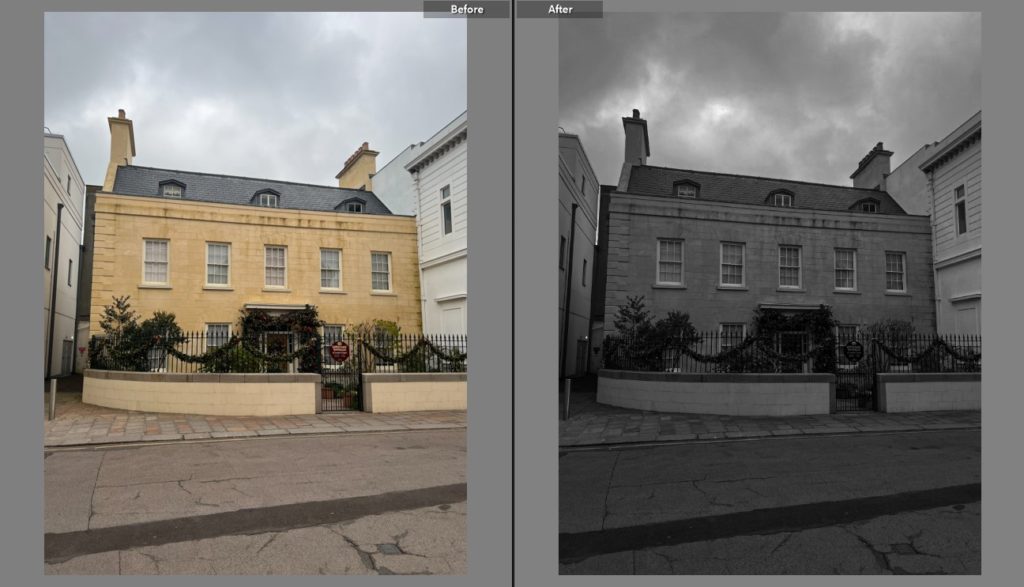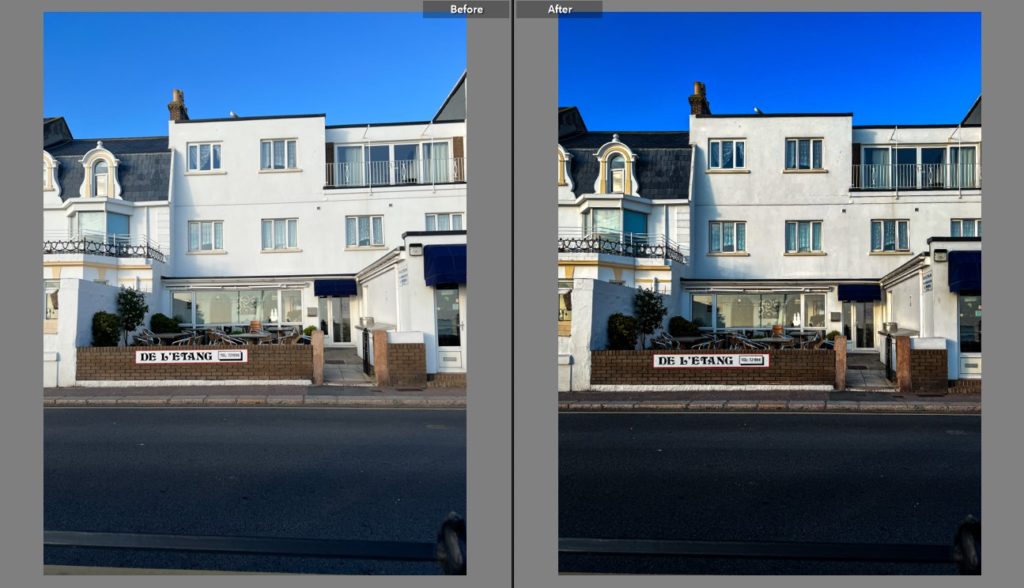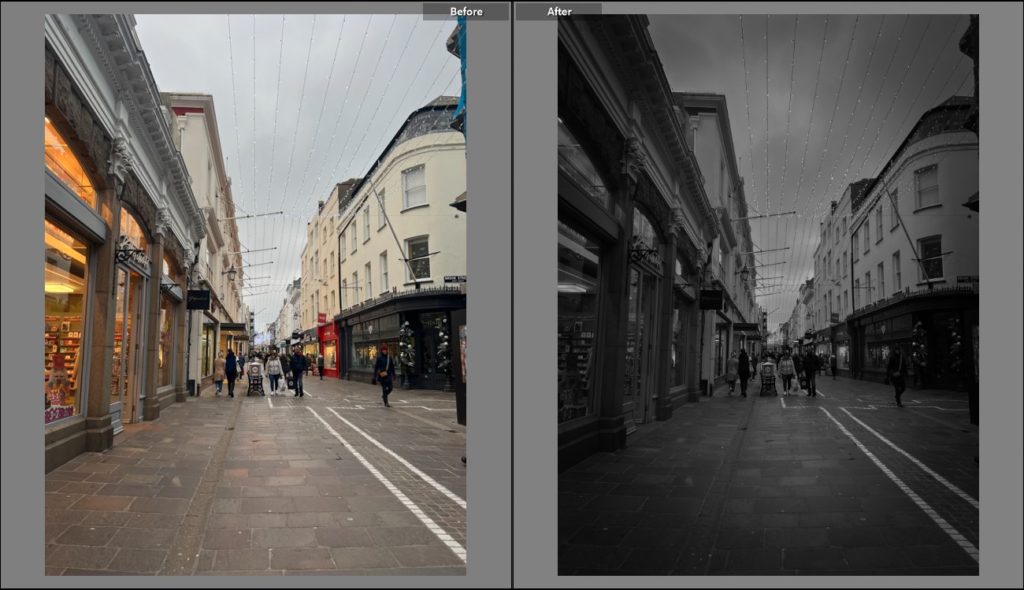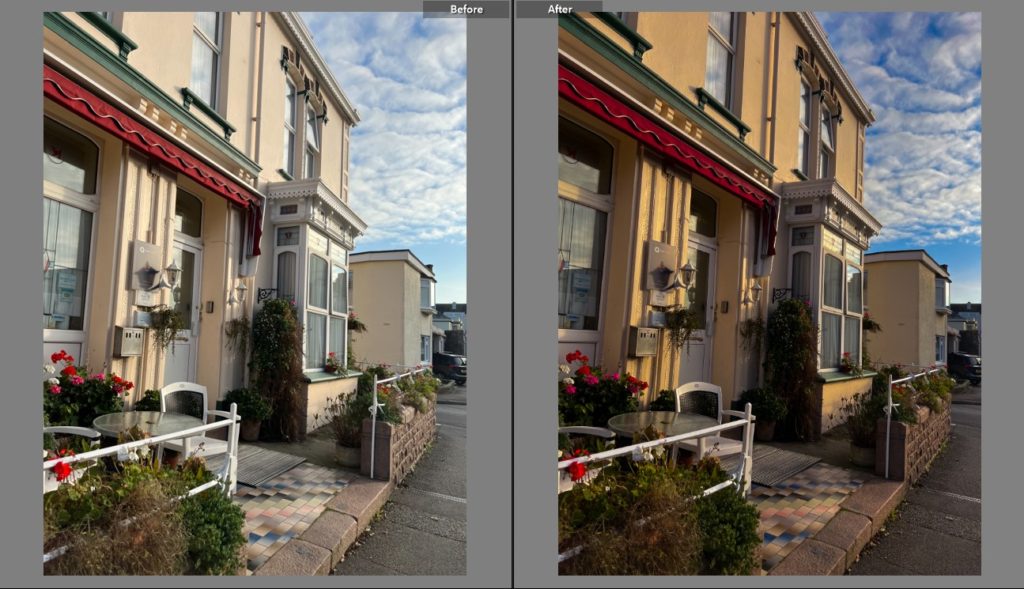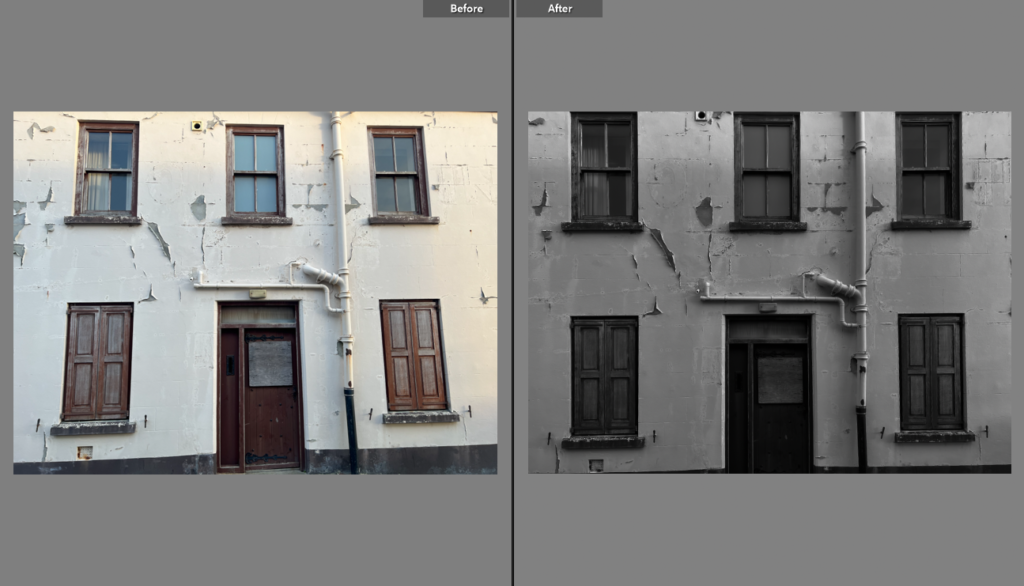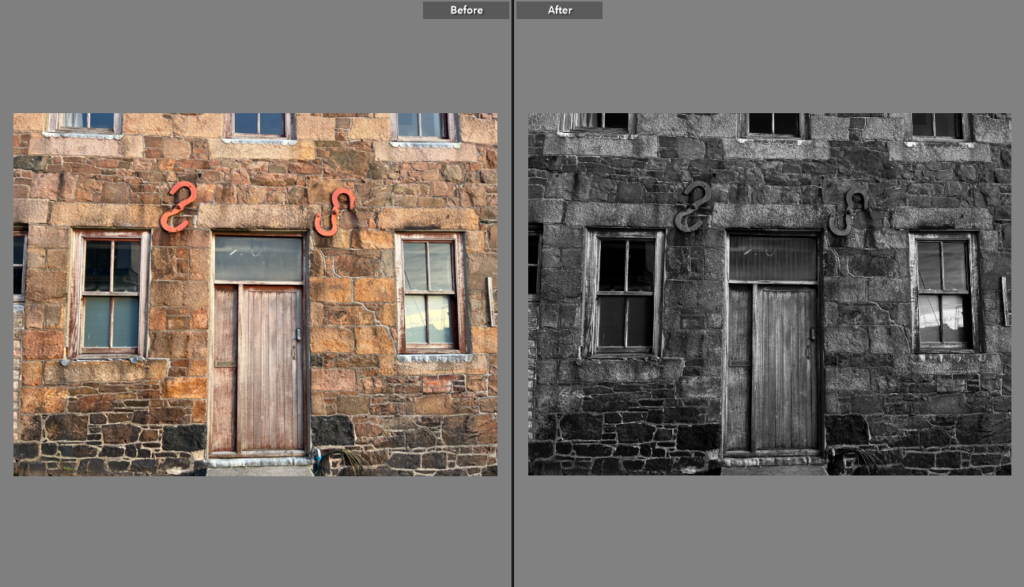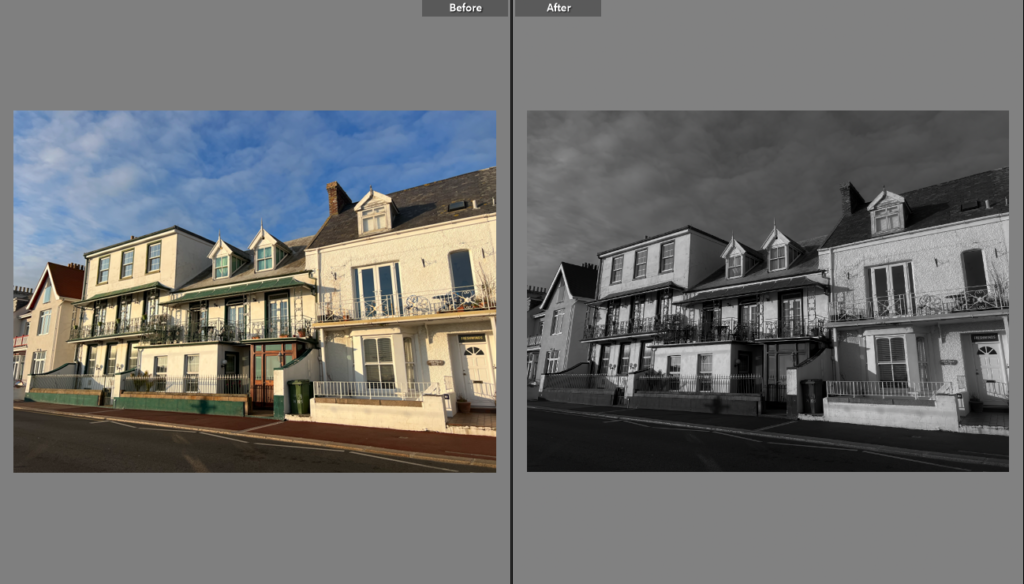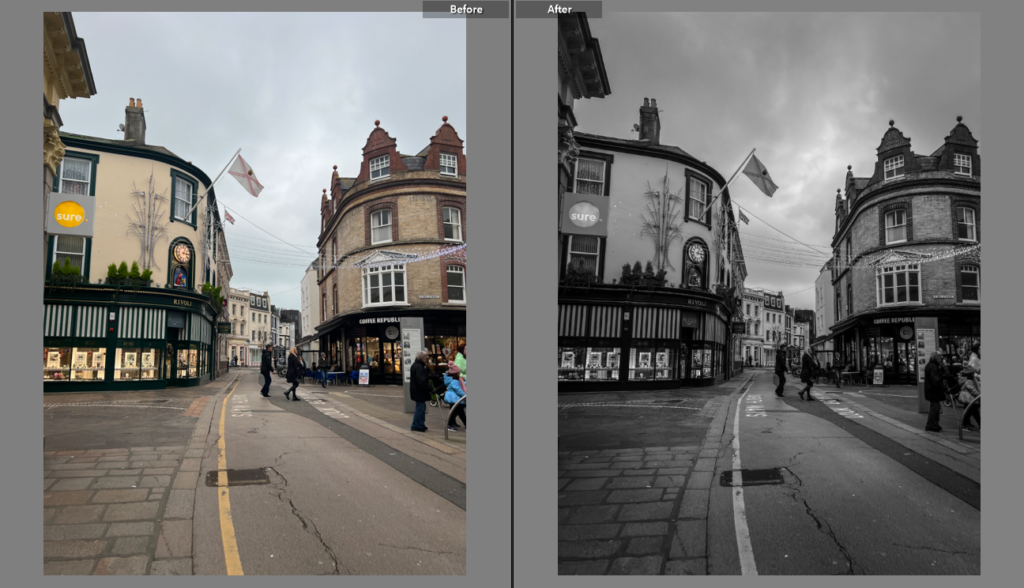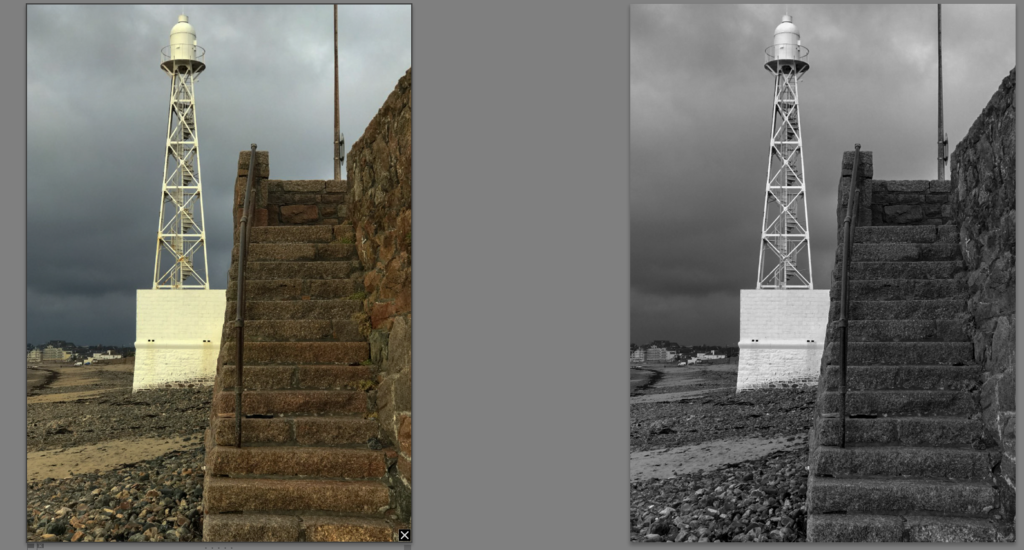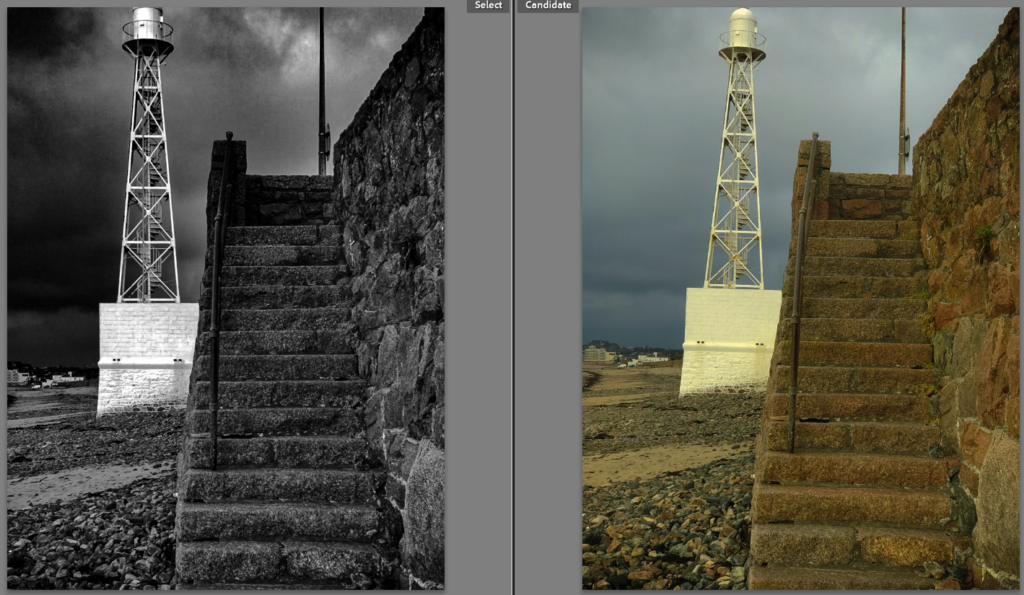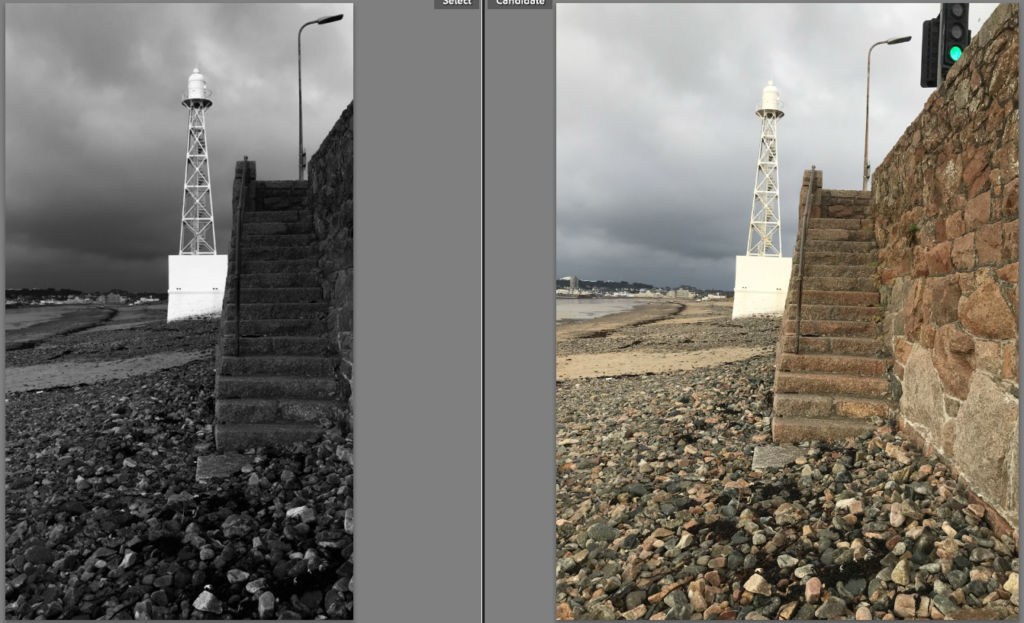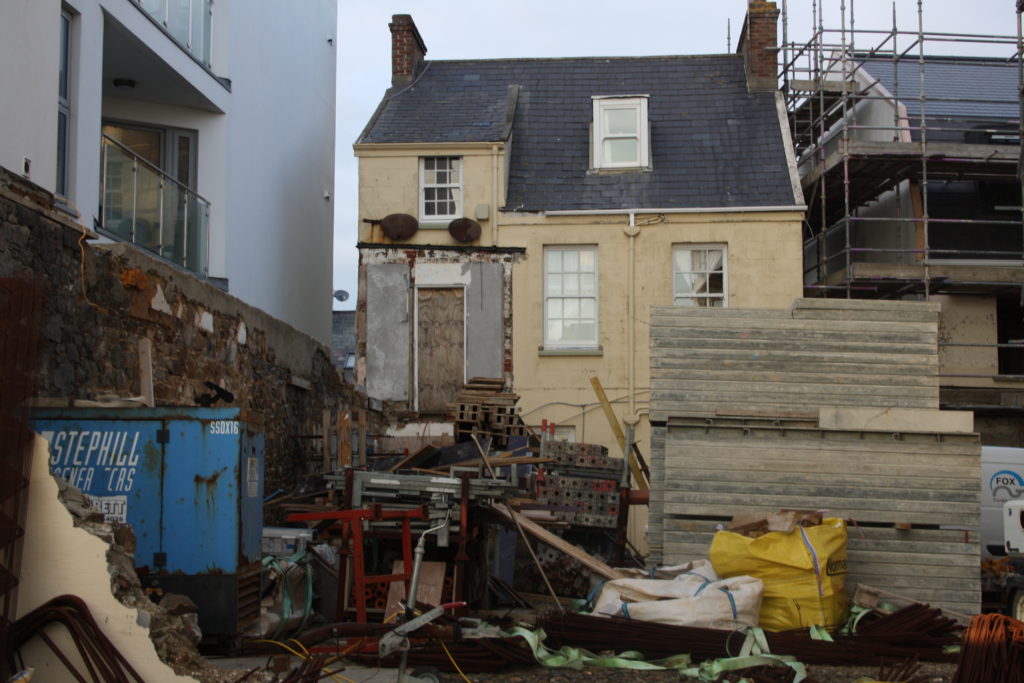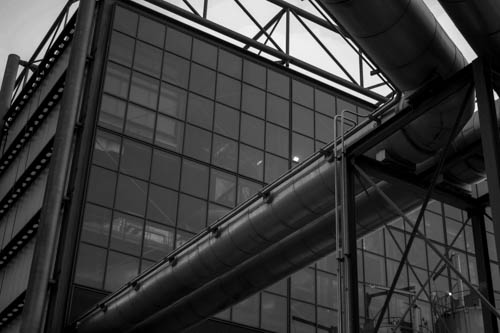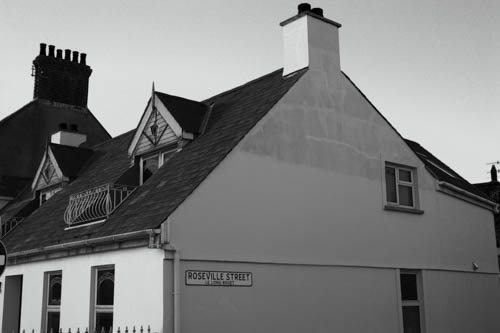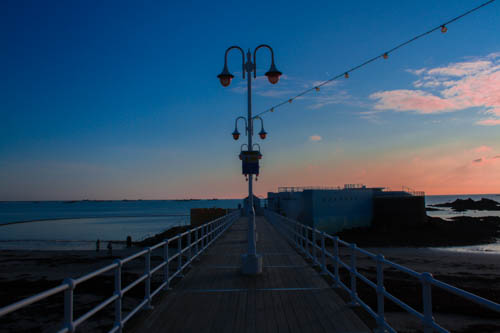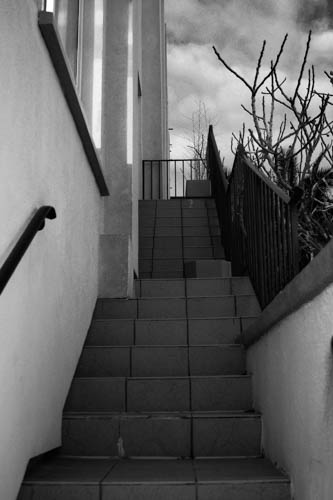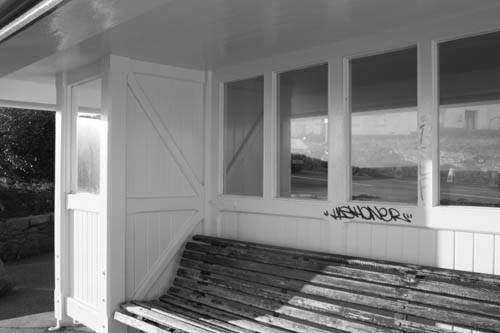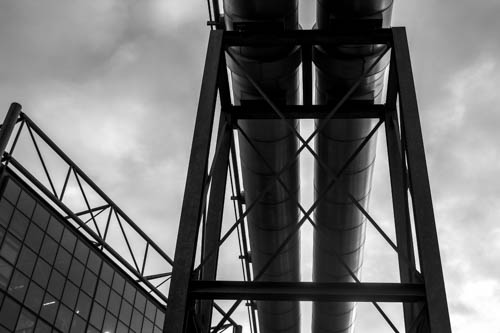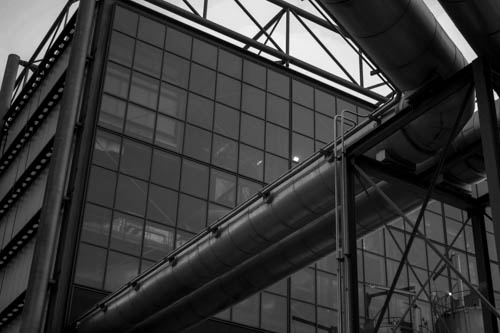A photographic typology is a single photograph or more commonly a body of photographic work, that shares a high level of consistency. This consistency is usually found within the subjects, environment, photographic process, and presentation or direction of the subject.
The term ‘Typology’ was first used to describe a style of photography when Bernd and Hilla Becher began documenting dilapidated German industrial architecture in 1959. The couple described their subjects as ‘buildings where anonymity is accepted to be the style’.
Stoic and detached, each photograph was taken from the same angle, at approximately the same distance from the buildings. Their aim was to capture a record of a landscape they saw changing and disappearing before their eyes so once again, Typologies not only recorded a moment in time, they prompted the viewer to consider the subject’s place in the world. They made sure to take the photos when the light was soft, showing a clear difference between the sky and building. This meant they waited hours or even days to photograph a single picture, avoiding the weather they didn’t want (especially bright, harsh sunlight).
Typologies in Landscape Photography

The couple photographed a couple of buildings with a similar structure and design, taking multiple pictures of different sides of each building. They then put the photos into a 3×7 grid, creating an effective look by comparing each image. The colourless, dull sky plays a major role in the photo, allowing the building to be clearly separated from the background.

The couple photographed the same structure in different places, taking the photos from the same distance and perspective, centreing the structure in the frame and tightly cropping the surrounding buildings to create a pattern of repetition. They put their photos into a 3×3 grid, creating a sense of perfect symmetry. Once again, each photo was taken on a dull, bleak day, allowing us to focus on every aspect of the structure without being distracted by the background/ without the light changing the look of it.
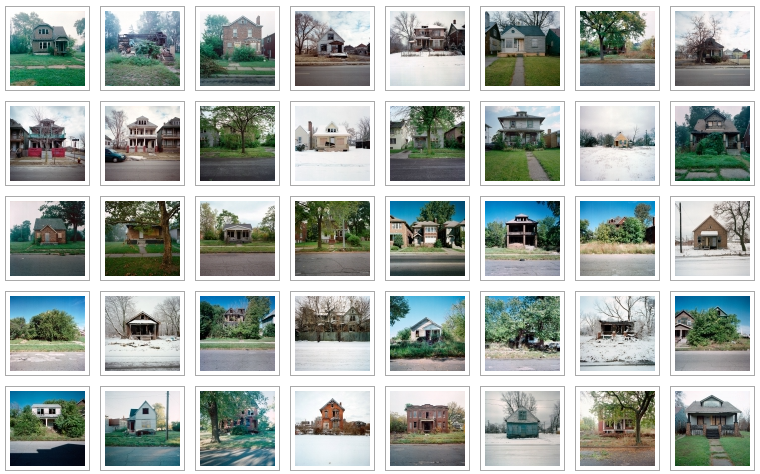
Bauman took 100 photos of 100 different abandoned homes and displayed them all in a 8×14 grid. The grid causes the different tones and shades to contrast and clash, creating an interesting final piece. Each photo is taken at a face on angle, presenting the front of the house in a square image.

